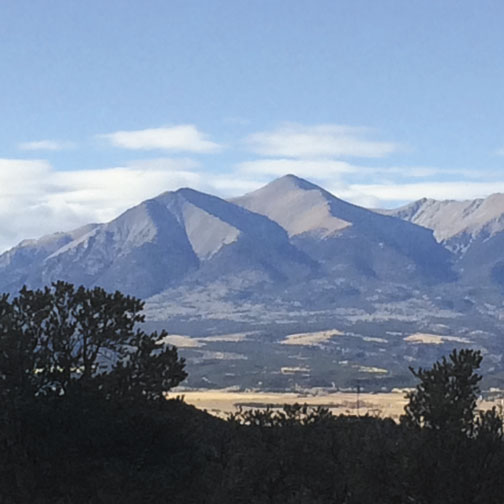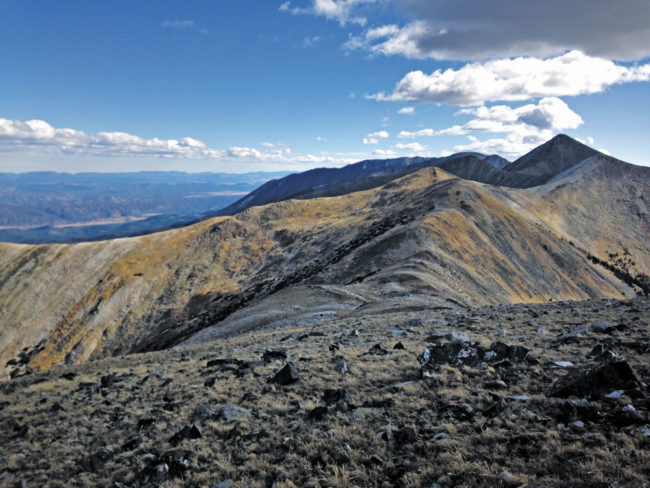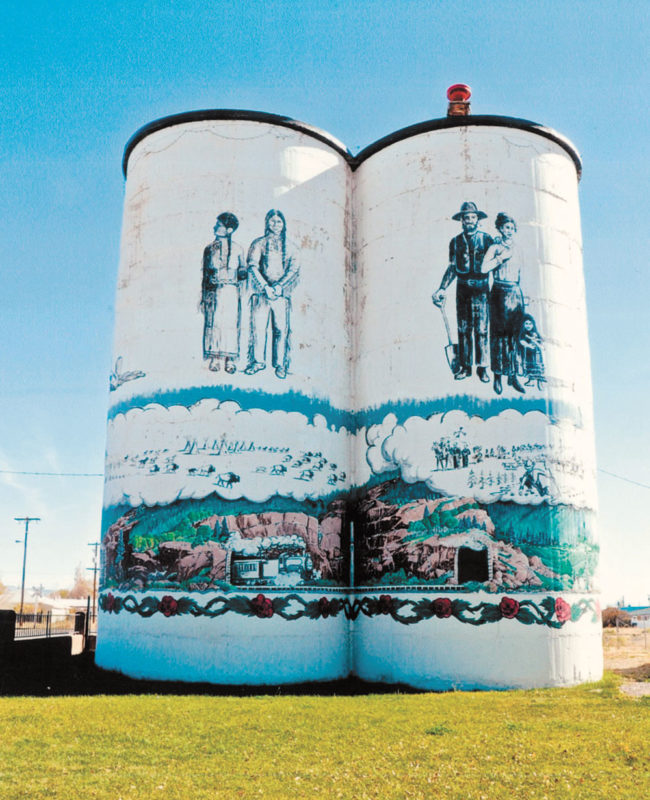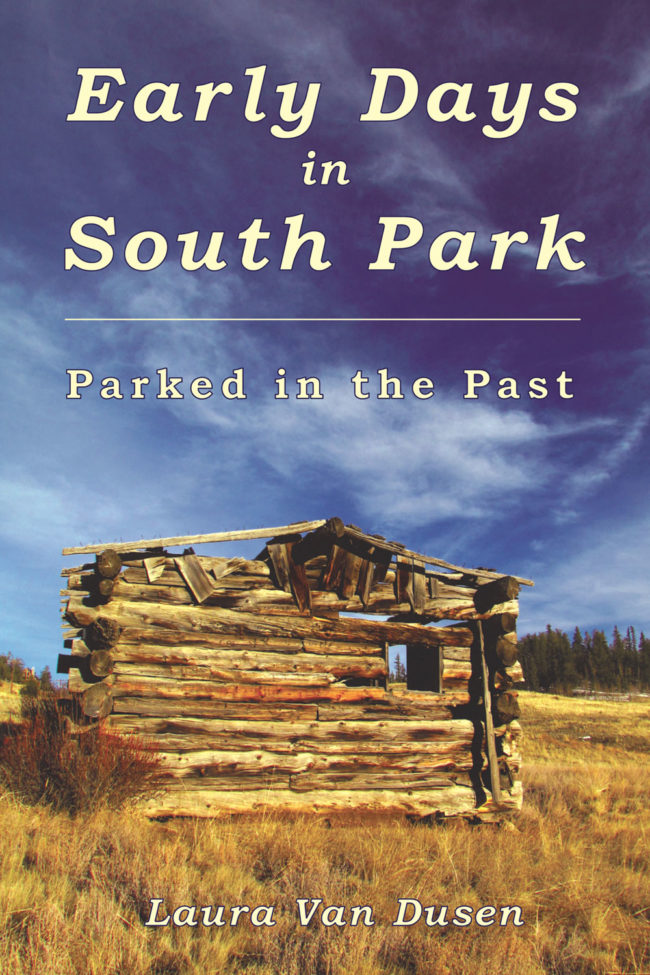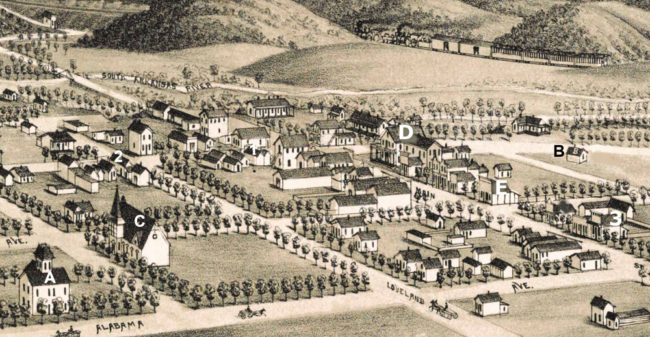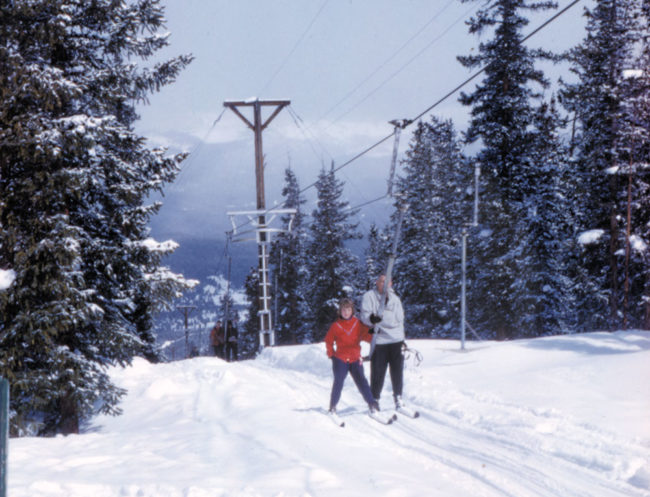By Joyce Gregor, Westcliffe, CO The cabin door blew open. I entered, invited by the wind who had forced its way in, through cracks and broken windows. We stood there, the wind and I, engaged in airy chatter. The wind had reveled here before, now it was my turn to view the decor. Breezed through – I side-stepped destruction entering what appeared to be the kitchen. A Mason jar lay broken on the floor. Cupboards once painted cream were worn raw, a pantry latch, lacking a catch, revealed wind-swept shelves of shared vacancy. My craving for the past found nothing…


